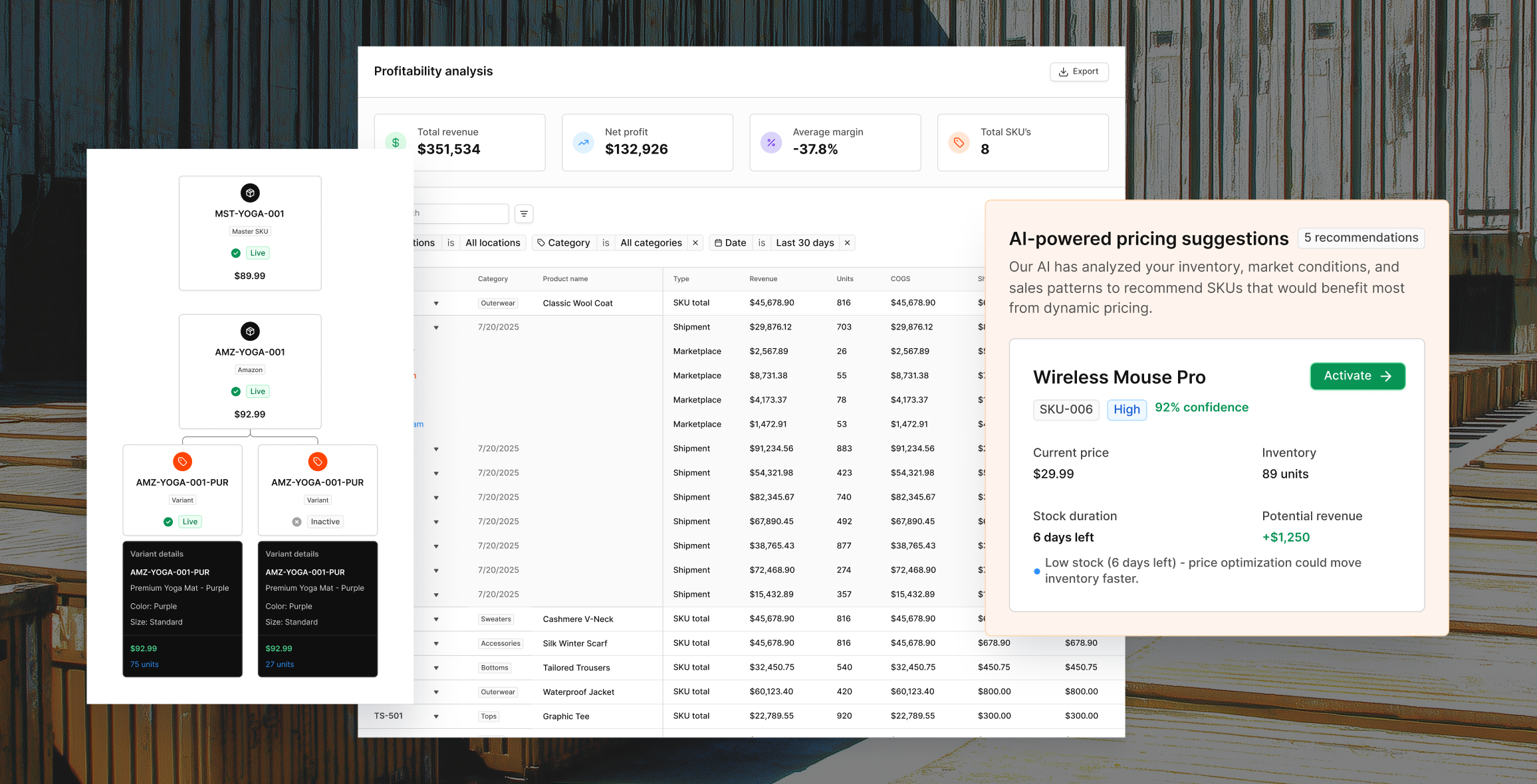Rethinking Reverse Logistics: How Redo is Transforming Post-Return Operations for Ecommerce Brands



Request A Demo
Take 30 minutes to see how Redo can help you retain more revenue through a more cohesive post-purchase experience for your buyers.
Reverse logistics has long been the overlooked part of ecommerce operations. Brands invest heavily in optimizing their storefronts, crafting conversion-friendly return policies, and automating customer service. But when it comes to what happens after a return is initiated, most processes fall short.
The Problem Most Merchants Ignore: "Then What Happens?"
Returns are an unavoidable part of ecommerce. Brands know this, which is why they carefully design return policies that reduce hesitation at checkout and drive conversions. But what happens once a product actually comes back?
Dan Visser has had this conversation with thousands of merchants.
“Merchants spend a ton of time crafting return policies, but about 50% of them don’t have a structured process once the item gets back.”
Many merchants are flying blind once the product hits the warehouse. There’s no standard operating procedure for how to inspect, restock, repair, or liquidate those items. This creates massive inefficiencies, wasted inventory, and lost margin.
Redo Is Building Beyond the Software
While most post-purchase platforms focus on approving returns and generating shipping labels, Redo goes further. The reverse logistics solution manages the physical flow of goods after the return.
“I’m currently over Reverse Logistics, which includes everything beyond the software. Managing returns, refurbishing returns, re-fulfilling returns, liquidating returns,” Dan explains.
This approach is built on the belief that reverse logistics can be a competitive advantage. Brands that treat returned items as valuable inventory instead of dead stock can recover profit and improve the customer experience.
Pain Points From the Front Lines of Ecommerce
In his conversations with brands, Dan uncovered several recurring pain points that drove the development of Redo’s reverse logistics product.
- Lack of process after the return
Many brands don’t have a plan for what to do with a returned item once it arrives. - No visibility or tracking
Once the product is in transit or at a 3PL, the brand has no insight into the status or final outcome. - Manual decision-making
Determining whether to restock, repair, or discard items is often done ad hoc, leading to inconsistencies. - Disconnected systems
Reverse logistics rarely connects with other parts of the tech stack, leaving product, CX, and ops teams out of sync.
A Fully Managed Reverse Logistics Infrastructure
Redo’s vision is to give brands a complete operating system for everything that happens after the return label is printed. This includes:
- Inbound processing
Track items from the moment they leave the customer’s hands to their arrival at the warehouse. - Smart triage
Use rules and logic to determine the right outcome for every SKU. Should it be restocked, refurbished, or liquidated? - Refurbishment and resale
Support workflows for repairs and discounted resale, including warranty tracking. - Reporting and insights
Give operations and CX teams the data they need to optimize returns performance over time.
This is not just about logistics. It’s about making better decisions with better data and turning what was once a loss into a lever for growth.
The Origin: From Warranties to Returns
Dan’s journey into reverse logistics started with Redo’s warranties product. As he worked on functionality for repairs and extended warranties, he noticed a broader operational challenge.
“We built out a repairs functionality and saw how valuable that was to merchants who fix stuff, especially for durable goods.”
That insight led to a bigger question: what happens to the stuff that gets returned?
From there, Redo began to build the infrastructure that merchants needed, starting with SKU-level intelligence and expanding into warehouse coordination, refurbishment, and liquidation.
Reverse Logistics as a Profit Center
Redo’s approach flips the traditional view of returns. Rather than treating them as a cost, they become a source of recovered value. For example:
- Refurbished inventory can be resold at a discount, often with a margin.
- Liquidated inventory is managed more efficiently to recoup capital.
- Warranty integration enables merchants to offer protection plans on repaired items.
- SKU-level data helps identify problematic products, reduce defects, and inform sourcing.
Returns don’t have to mean lost revenue. They can be an opportunity to refine the business and build customer loyalty.
What’s Next: Operational Intelligence for the Post-Purchase Era
The brands that will win in the next phase of ecommerce are the ones who view post-purchase operations as part of the customer journey, not an afterthought.
“We’re trying to bring even more value to merchants beyond the software,” Dan says. “That’s what we’re building.”
By turning reverse logistics into a structured, data-driven process, Redo helps brands reclaim margin, reduce operational chaos, and deliver a more thoughtful post-purchase experience.
Ready to Transform Your Returns?
If your team is struggling with disorganized returns, poor visibility, or wasted inventory, Redo’s reverse logistics solution can help you gain control.






